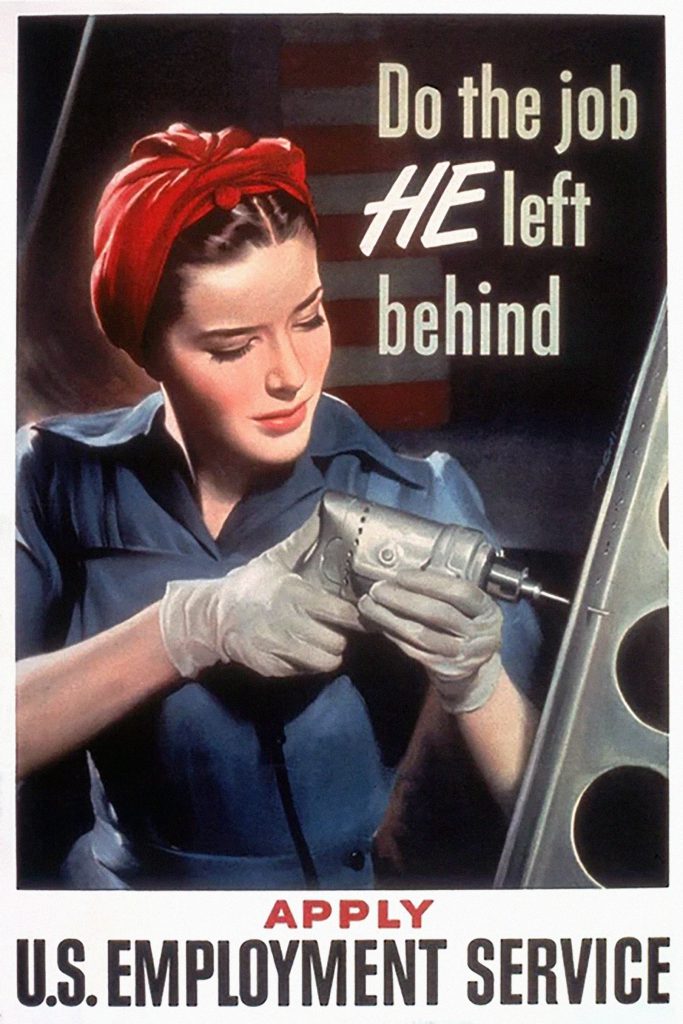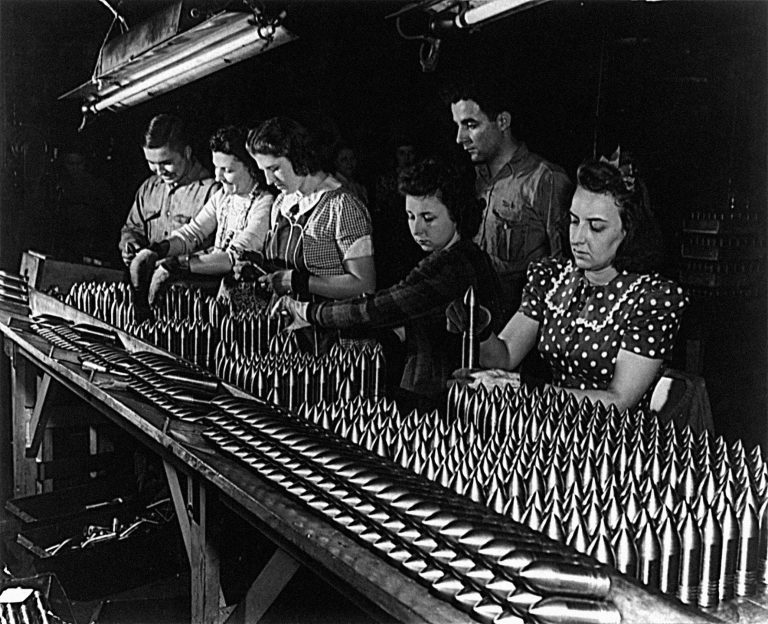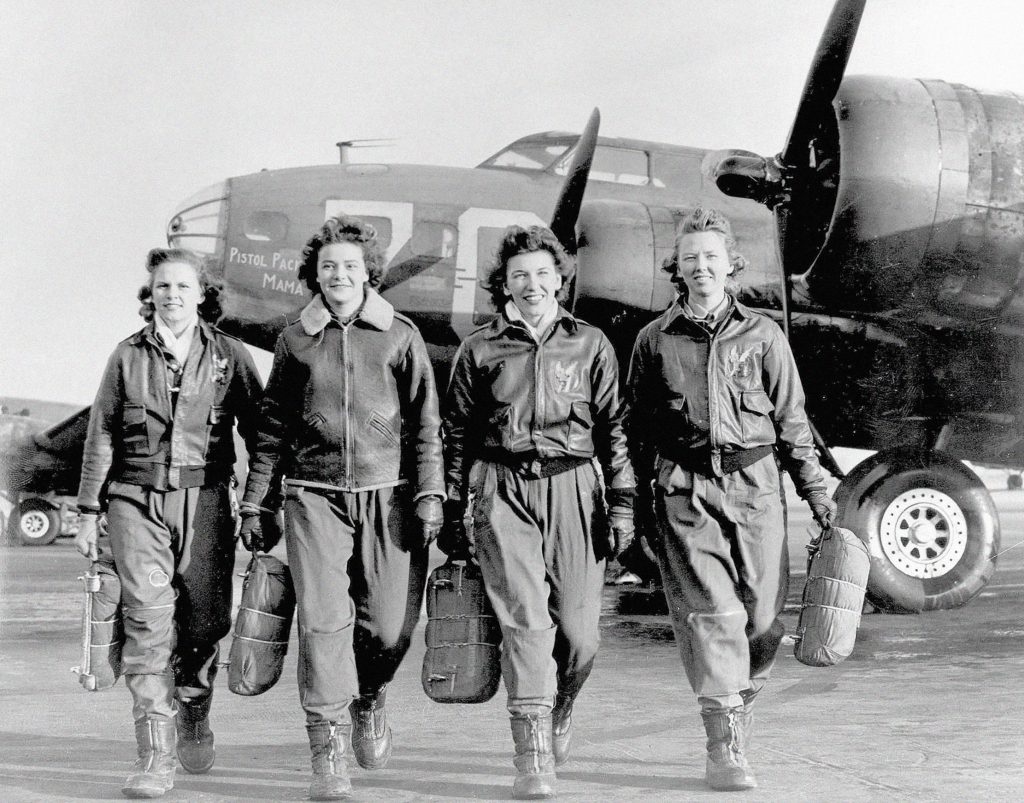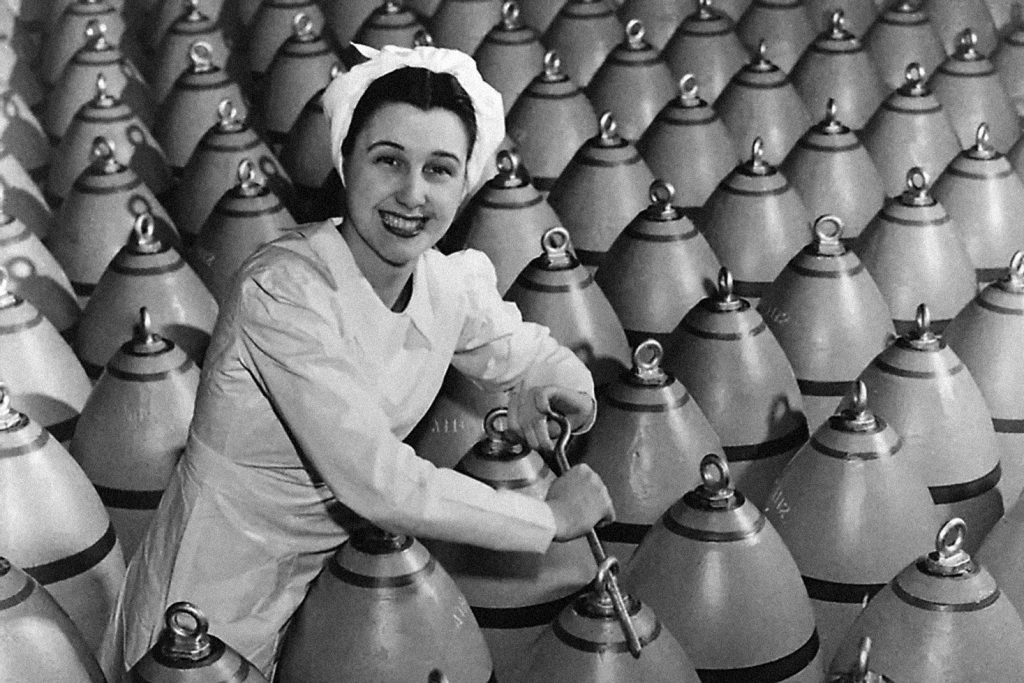Women in World War II

Women in World War II took on a variety of roles from country to country. Several hundred thousand women served in combat roles, especially in anti-aircraft units. The U.S. Government decided not to allow women in combat because public opinion would not tolerate it. However, 400,000 women served in uniform in non-combat roles in the U.S. armed forces; over 500 died from warrelated incidents. Many women served in the resistances of France, Italy and Poland, and in the British Special Operations Executive. Other women, called “Comfort women”, were forced into sexual slavery by the Imperial Japanese Army before and during World War II.
Australian women played a larger role in World War II than they had done in World War I. Many women wanted to play an active role, and hundreds of voluntary women’s auxiliary and paramilitary organizations had been formed by 1940.
In Germany, 1944-45, more than 500,000 women were volunteer uniformed auxiliaries in the armed forces. About the same number served in civil aerial defense; 400,000 volunteered as nurses, and many more replaced drafted men in the wartime economy. They also served in combat roles helping to operate the anti-aircraft systems that shot down Allied bombers.
The Soviet Union mobilized women at an early stage of the war, integrating them into the main army units. More than 800,000 women served in the Soviet Armed Forces during the war. About 300,000 served in anti-aircraft units and performed all functions in the batteries—including firing the guns. A small number were combat flyers in the Air Force forming 3 bomber wings and joined other wings.
Around 250,000 joined the Auxiliary Territorial Services including some 200 Mauritians. They performed a wide range of jobs which ranged from cooking and clerical work to manning anti-aircraft searchlight batteries in support of the Army. 74,000 women joined the Women’s Royal Naval Service and 182,000 integrated the Women’s Auxiliary Air Force. These jobs ranged from traditionally feminine roles like cook, clerk and telephonist to more traditionally masculine duties like mechanic, searchlight and anti- aircraft instrument operator. British women also joined the Special Operations Executive (SOE), as secret agents and underground radio operators.


